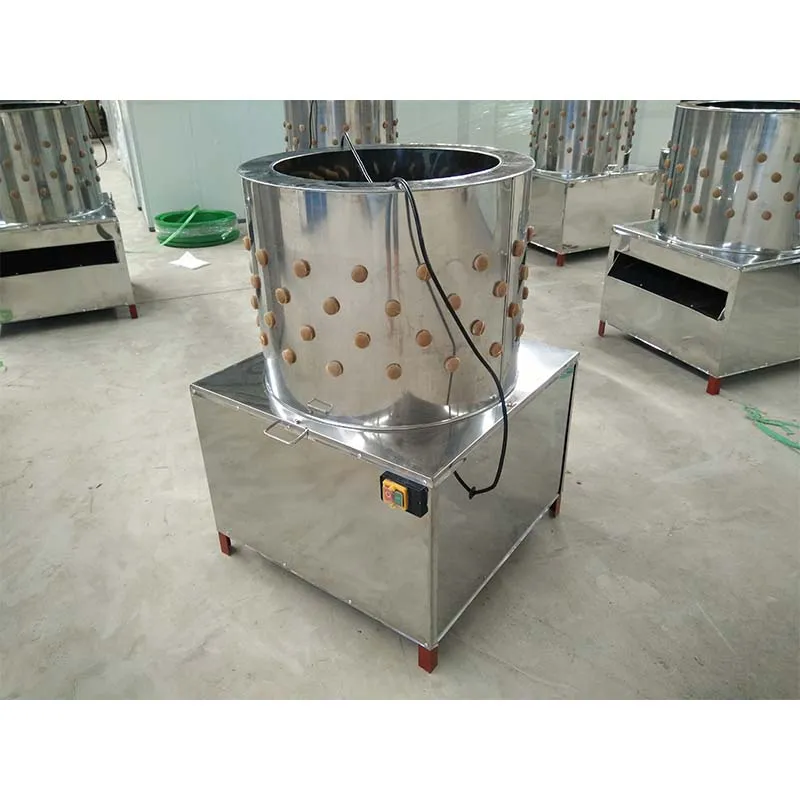Fish Feed Production Equipment for High-Quality Aquaculture Nutrition Solutions
Oct . 31, 2024 16:19 Back to list
Fish Feed Production Equipment for High-Quality Aquaculture Nutrition Solutions
Understanding Fish Feed Making Machines A Vital Component in Aquaculture
In the world of aquaculture, the quality and nutritional value of fish feed play a crucial role in the growth and health of fish. As the global demand for fish continues to rise, producers are increasingly turning to technologically advanced solutions for manufacturing fish feed. One such solution is the fish feed making machine. These machines are designed to efficiently produce high-quality feed pellets for a variety of fish species, ensuring optimal growth rates and health benefits.
Importance of Fish Feed
Fish feed is essential for the aquaculture industry, as it directly impacts fish growth, reproduction, and overall health. A balanced diet tailored to the specific nutritional needs of fish species can lead to faster weight gain, enhanced survival rates, and improved physiological conditions. However, the formulation of fish feed is complex, requiring a careful balance of protein, fats, vitamins, and minerals. This is where fish feed making machines come into play.
How Fish Feed Making Machines Work
Fish feed making machines operate through a series of processes that convert raw ingredients into high-quality fish feed pellets. These machines typically include several components mixers, extruders, dryers, and coolers. The process begins with the mixing of various feed ingredients, such as fish meal, soybean meal, corn, and various vitamins and minerals.
Once the raw materials are well-mixed, they are fed into an extruder. The extruder uses mechanical pressure and heat to cook the mixture, transforming it into a semi-solid form. This step is crucial, as it helps to gelatinize starches and improve protein digestibility, making the feed more nutritious for the fish.
After extrusion, the feed pellets are typically dried to reduce moisture content and enhance shelf-life. The final step involves cooling the pellets before packaging. This entire process can be automated, saving time and ensuring consistent quality.
fish feed making machine

Advantages of Using Fish Feed Making Machines
1. Quality Control Automated machines allow for precise formulation and consistent production, reducing the likelihood of nutritional imbalances in feed.
2. Cost Efficiency By producing feed in-house, aquaculture producers can significantly lower their costs compared to purchasing commercial feed, especially when utilizing locally-sourced ingredients.
3. Customization Fish feed making machines enable producers to create specialized feeds tailored to specific fish species or growth stages, enhancing the dietary needs of their aquatic stock.
4. Reduce Waste Efficient feed production minimizes ingredient waste, ensuring that more of the nutrients go directly to the fish rather than being lost.
5. Scalability These machines can be designed to accommodate different production scales, making it easier for both small-scale and large-scale aquaculture operations to benefit from their use.
Conclusion
Fish feed making machines represent a significant advancement in aquaculture, providing producers with the tools necessary to produce high-quality, nutritious feed that meets the growing demands of the industry. As aquaculture continues to evolve and expand, investing in these machines not only enhances fish health and productivity but also contributes to the overall sustainability of fish farming practices. Ultimately, the integration of technology in feed production is a vital step toward ensuring the future of aquaculture in a rapidly changing environment.
-
High-Quality Poultry Cages for Efficient Layer Farming Trusted Supplier
NewsApr.29,2025
-
Automatic Pig Feeding System Efficient Livestock Management Solutions
NewsApr.29,2025
-
Feed Chaff Cutter Machine Multifunctional & Efficient Crop Processing
NewsApr.29,2025
-
Right Poultry Farm Equipment Premium Cages & Automated Machines
NewsApr.29,2025
-
Manure Scrapper System Efficient Cleaning & Automated Feeding Solutions
NewsApr.29,2025
-
Premium Pig Fattening Pens Durable & Spacious Livestock Solutions
NewsApr.29,2025






